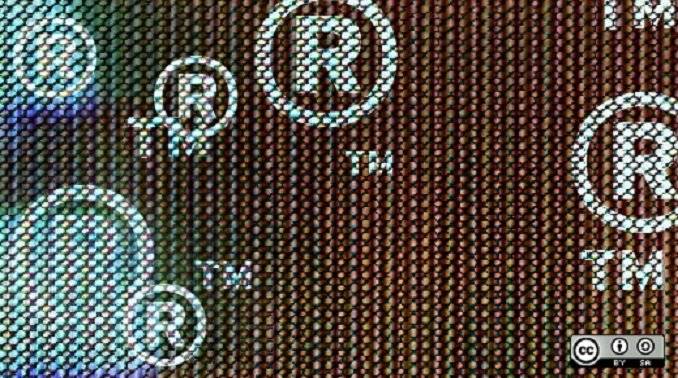This post was first published on 8th November, 2012.
The Jamun patent saga, earlier reported to be the subject of government revocation has spurred discussions and debates across India on various counts, ranging from mode of revocation to CSIR's blind eye to Indian applications. My attempt in this post is not to add another opinion to the existing ones but to bring forth that a composition of Jamun can be susceptible to patent protection. All of us in India…










